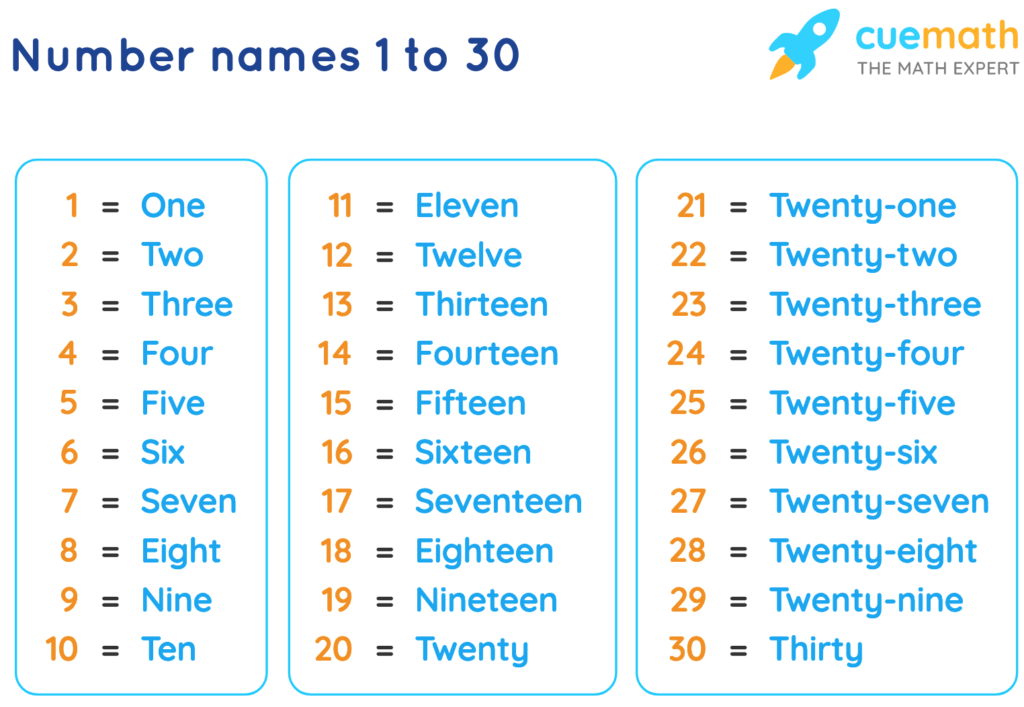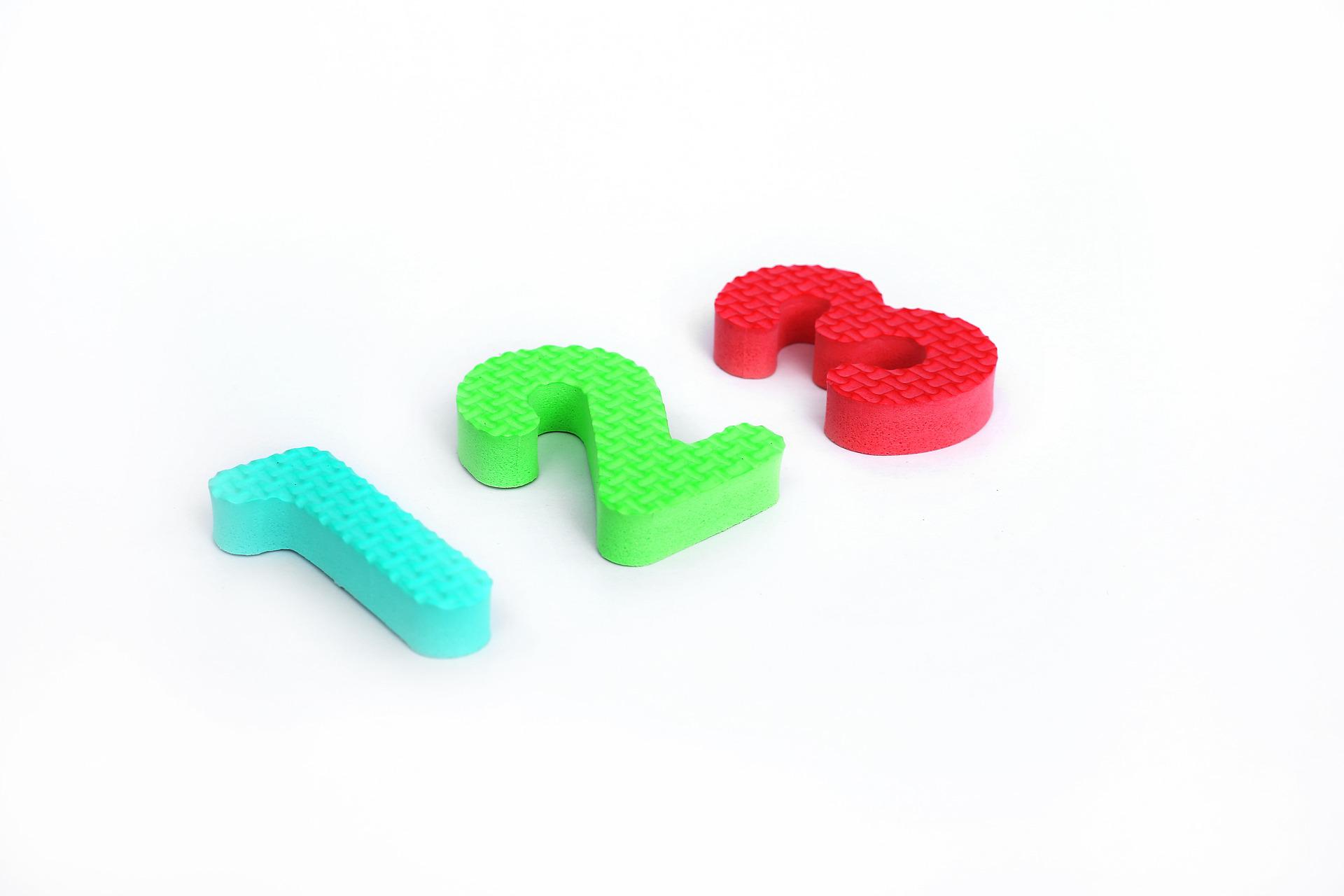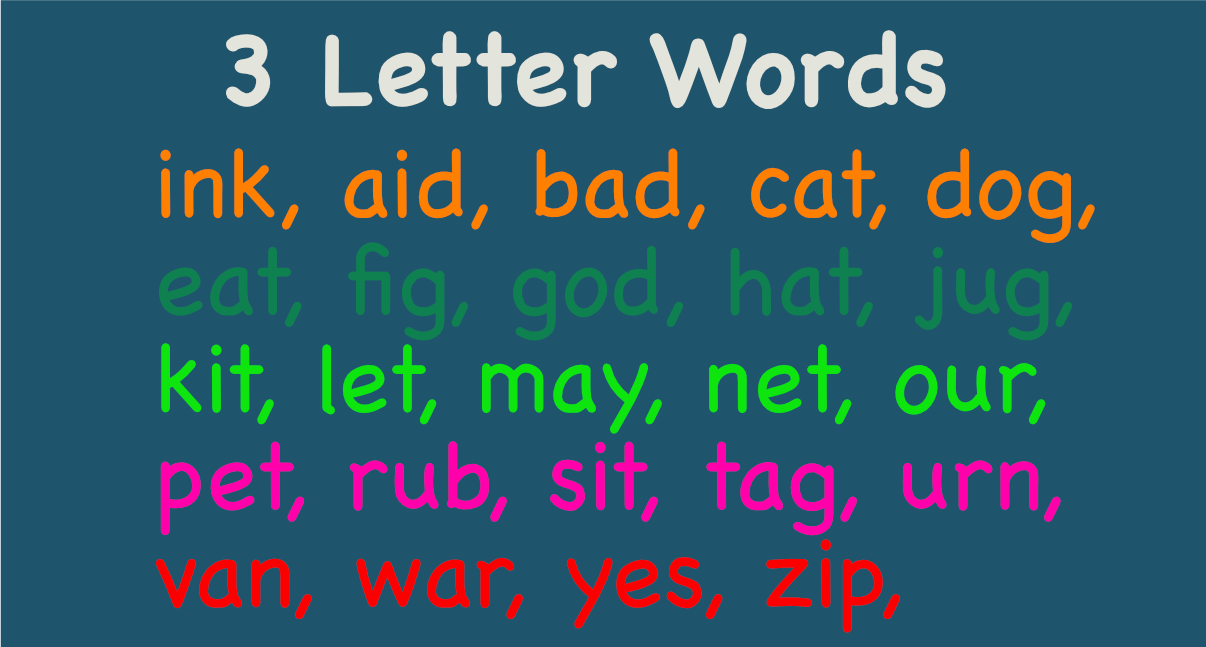
Children’s capacity to comprehend the actual notion of numbers and counting significantly increases between the ages of two and four. By the time they turn four, the majority of kids can count to ten or even higher. However, counting mistakes (1, 2, 3, 6…) happen frequently even in kindergarten.
They’ll also be better at counting small groups of objects, such as “two oranges, four straws,” between the ages of 3 and 4. However, most kids don’t learn to recognize or write numbers until they are 4 or 5.
Contents
- 1 How to Teach a Child Numbers and Basic Math Skills
- 2 Start With The Basics – Teach Your Child The Numbers 1-10
- 3 Help Them Understand What The Numbers Mean
- 4 Teach Them How To Add And Subtract.
- 5 When Should a Child Be Able to Identify Numbers?
- 6 Use Songs And Rhymes With Numbers
- 7 Buy Number Toys
- 8 Self-correcting number puzzles by Melissa & Doug
- 9 Practice Counting And Math Skills Regularly
- 10 Reward Your Child For Their Hard Work!
- 11 How to Teach a Child Numbers and Basic Math Skills
- 12 Teach Counting Skills.
- 13 Teach Basic Addition And Subtraction
- 14 Teach Your Child How To Use A Calculator
- 15 Practice, Practice, Practice!
- 16 Final Thoughts
How to Teach a Child Numbers and Basic Math Skills
Teaching a child how to count and do basic math can be a daunting task, but with a little patience and some tips from the experts, it can be a fun and rewarding experience for both the child and the parent.
Start With The Basics – Teach Your Child The Numbers 1-10
1. Start with the basics – teach your child the numbers 1-10. This will help them with counting and basic math skills.
2. Next, move on to counting money. Teach them how to count different denominations of currency.
3. After that, work on basic addition and subtraction. Start with small sums, and gradually increase the difficulty as your child becomes more comfortable with the concepts.
4. Finally, introduce them to multiplication and division. These topics can be a little more difficult, but with a little practice, they will be able to master them.
Help Them Understand What The Numbers Mean
When you are teaching your children about math, it is important to help them understand what the numbers mean. This will help them to be successful in math class and to understand the concepts that they are learning. You can do this by using examples that they can relate to and by explaining the concepts in a way that they can understand.
Teach Them How To Add And Subtract.
In order to help your children learn basic arithmetic, you will need to teach them how to add and subtract. Start by teaching them how to add. Show them how to add two numbers together and how to write the answer.
Next, teach them how to subtract. Show them how to subtract two numbers and how to write the answer. Practice these skills with your children to help them learn and master them.
When Should a Child Be Able to Identify Numbers?
Some kids begin to recognize numbers around the age of two, although this is not a typical milestone. Some kids are quicker than others in recognizing numbers and letters. So don’t be shocked if it takes your toddler a long time to recognize numbers.
Use Songs And Rhymes With Numbers
One of the simplest ways for toddlers and kindergarteners to learn numbers is through rhymes and songs. You may not be aware of how many number rhymes you already know. Here are some of the favorites of my children!
Buy Number Toys
Hands-on number toys are one of the finest ways for youngsters to learn their numbers because children learn best through play. It provides them with chances to work with items and connect numbers in their brains.
Self-correcting number puzzles by Melissa & Doug
Self-correcting number puzzles with items on the other puzzle piece, working from one to 20, are among the educational toys offered by Melissa & Doug. I particularly appreciate that M&D provides a storage box to keep the puzzle pieces organized.
Your child must put the puzzle pieces together and match the number to the appropriate number of things.
Practice Counting And Math Skills Regularly
It’s important to kids to keep their math skills sharp by practicing regularly. This can be done in a variety of ways, such as solving math problems for fun, playing math games, or reviewing your math facts regularly.
You can also try getting your child to practice counting. This is a skill that is often overlooked, but it’s important for basic math skills. Kids should start by counting out loud, and then they can try counting in their heads.
As your child gets better at counting, see if you can get them to count backwards and in different ways. Practicing counting and math skills regularly will help your child stay sharp and improve your math skills.
Reward Your Child For Their Hard Work!
It’s important to reward your child for their hard work in school. This will help motivate them to continue working hard in the future. There are many different ways to reward your child, and it’s important to find something that they will enjoy.
Some ideas include giving them a special treat, taking them on a fun outing, or praising them for their efforts. Whatever you choose to do, be sure to let your child know how proud you are of them!
So, if you are looking for a way to help your child learn some essential early math skills, follow the tips outlined in this blog post and you will be on your way to success.
How to Teach a Child Numbers and Basic Math Skills
Teaching a child numbers and basic math skills can seem daunting, but it is not as difficult as it may seem. There are a number of techniques that can help make the process easier for both the child and the parent. In this blog post, we will discuss some of the best ways to teach a child numbers and math skills.
Teach Counting Skills.
One way to help a child learn counting skills is to use everyday objects to count. For example, have the child count the number of stairs they have to climb, the number of forks they have at their place setting, or the number of buttons on a shirt.
Another way to help a child learn counting skills is through song. There are many counting songs that can be found online or in children’s music collections. Singing and counting along with these songs can help a child learn to count quickly and easily.
Teach Basic Addition And Subtraction
In this chapter, we will teach basic addition and subtraction. First, we will start with addition. We will explain how to add two numbers together. We will also provide some examples to help you understand how to add two numbers together.
Next, we will teach subtraction. We will explain how to subtract two numbers together. We will also provide some examples to help you understand how to subtract two numbers together. Finally, we will provide some practice problems for you to try.
Teach Your Child How To Use A Calculator
Calculators in the elementary grades help students understand concepts better without taking the place of other calculation techniques. The usage of calculators can encourage the higher-order thinking and reasoning that are necessary in our information- and technology-based culture for solving problems.
In sections of computer-based Mathematics exams where using a calculator is permitted (grades 6 through high school), students may, at their discretion, utilize hand-held calculators. The criteria outlined in the Calculator Policy must be met by all handheld calculators.
In this section, we present a flow you can use to teach your child how to use a calculator. There are many different types of calculators, so we will just teach you how to use a basic one.
First, let’s learn how to add and subtract. To add two numbers, simply type in the first number, hit the plus sign, and then type in the second number. To subtract two numbers, type in the first number, hit the minus sign, and then type in the second number.
Now let’s learn how to multiply and divide. To multiply two numbers, type in the first number, hit the asterisk sign, and then type in the second number. To divide two numbers, type in the first number, hit the slash sign, and then type in the second number.
Finally, let’s learn how to use the basic functions of a calculator. To turn on the calculator, type in the number “8” and hit the equals sign. To clear the calculator, type in the number “0” and hit the equals sign. To get the square root of a number, type in the number and hit the square root sign. To get the cube root of a number, type in the number and hit the cube root sign.
Practice, Practice, Practice!
No one ever became a great artist or musician without practice. The same is true for writers. The more you write, the better you will become. Don’t be afraid to write bad first drafts. Just keep writing and you will improve.
Final Thoughts
By following the tips discussed in this blog post, parents can help their children learn the basics of math in a fun and engaging way. Teaching numbers and math skills is an important step in helping children prepare for future academic success.



